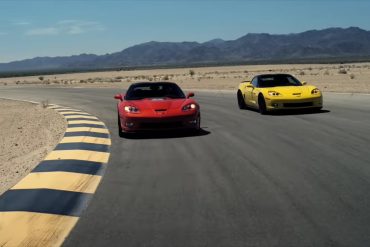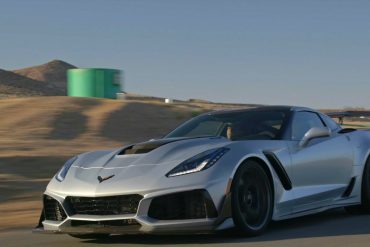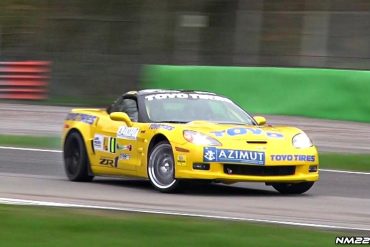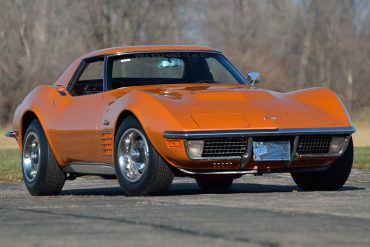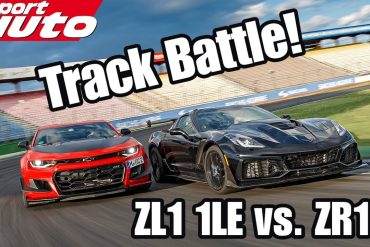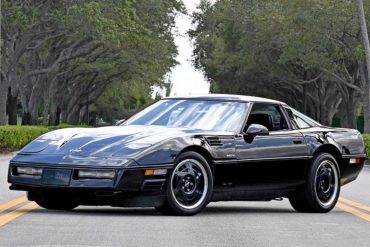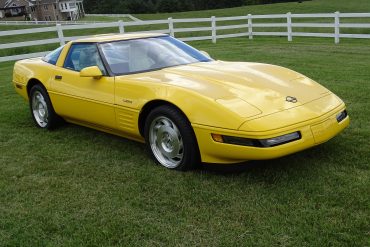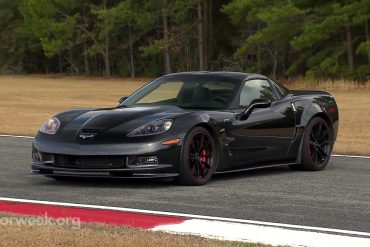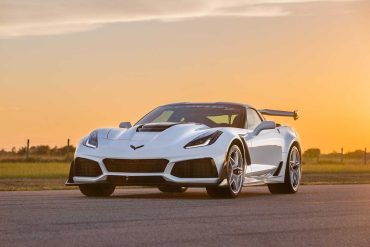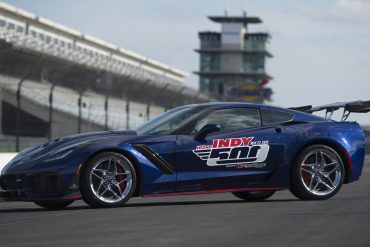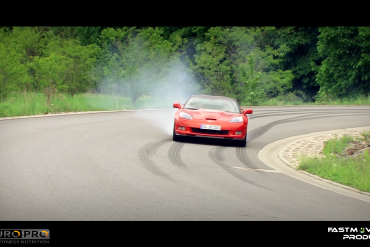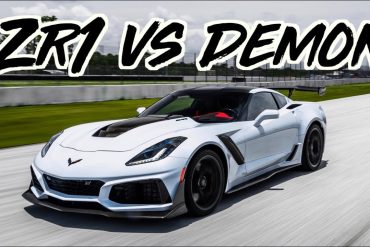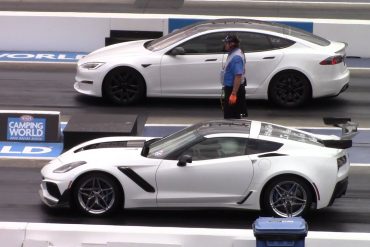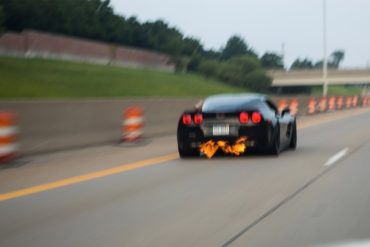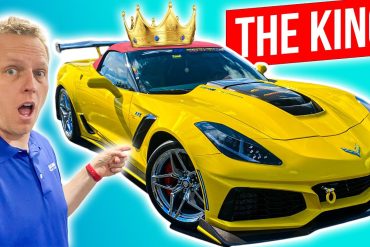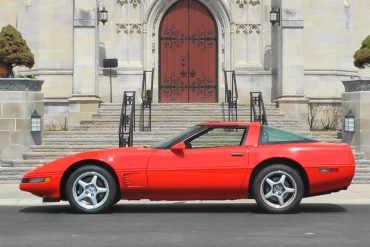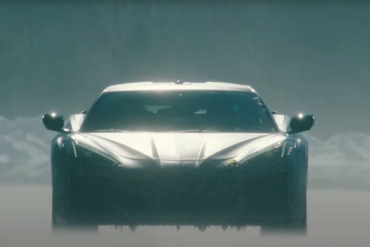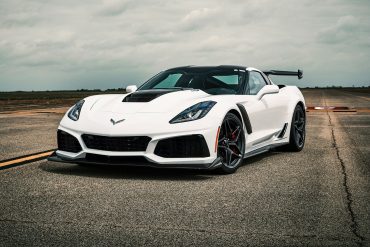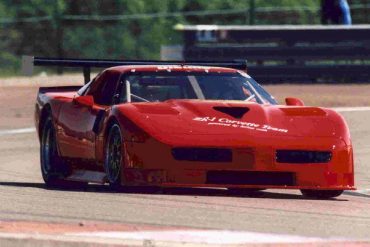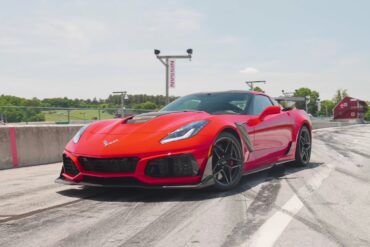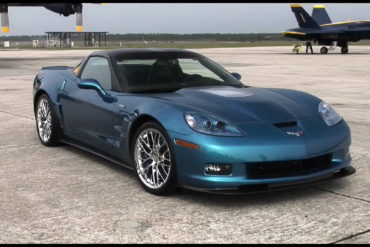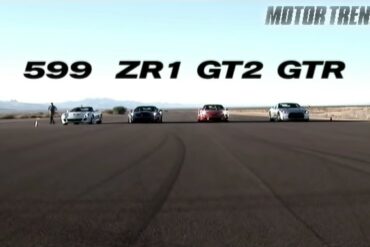Technical Editor Michael Austin from Car and Driver compares the two best Corvettes offered in 2013, the ZR1 and the...
MotorTrend together with pro driver Randy Pobst and Tire Rack brought a 2019 Chevy Corvette ZR1 to the Big Willow...
A ZR1 Corvette was filmed doing a lot of drifting at the Monza Rally Show 201. Take note that it...
The ZR2 is one of the special purpose package that Chevrolet offered in 1971 alongside the ZR1. This special purpose...
Track battle between a Corvette ZR1 going and a Camaro ZL1 1LE to see which one’s faster around a racetrack!...
This vehicle pioneered the advantages of “Active Suspension” and had GTP Corvette race car technology. Built at the Bowling Green Plant, this vehicle was developed as a prototype for a limited edition run in the 1990 model year. Chevrolet ordered it to be built with a complex, high-tech active suspension that includes an Eaton hydraulic pump and Moog actuators. This car and the technology inside of it led to the Active Handling system GM released in 1996.
For 1993, the ZR-1 Corvette’s horsepower was increased from 375hp to 405hp. Given the overall lack of ZR-1 sales, many...
In April 2011, Chevrolet announced that it would celebrate the 100th anniversary of its founding by introducing a “Centennial Edition”...
The 2019 ZR1 Corvette comes with plenty of horsepower from the factory, 755 to be exact. But there’s never enough...
For the fifteenth time since its introduction in 1953, the Chevy Corvette once more served as the official pace car of the 102nd...
Exclusive footage of a 2013 Corvette ZR1 drifting. ...
Our guys from Edmunds Cars compares and tests the 2019 Corvette ZR1 against a 2018 Porsche 911 GT3. Which one...
Check out this 2019 Corvette ZR1 as it takes on a modified Dodge Demon and a Mclaren 720s....
This new video shows us 2019 Corvette ZR1 going against Tesla’s quickest vehicle, the Model S Plaid which comes with...
Are you ready to see an epic battle between a 2013 Corvette ZR1 vs 1952 Willys Jeep? It’s worth noting...
In today’s video, we got a modified 2013 Corvette ZR1 attempting to run the fastest top speed in a 1...
Autocar gives us an exclusive footage of a 2009 Corvette ZR1 chasing A Lamborghini LP670-4 SV....
One of the pros of owning a Corvette is that you can customize it as much as you want. There...
Dragtimes brings us to another action as a 2019 Chevrolet Corvette ZR1 goes against a Ford GT. We all know...
Quick build video of a 2019 Corvette ZR1 with LMRLMR1200HP package from Late Model Racecraft....
Head-to-head drag race between a 2019 Corvette ZR1 and its 2010 version....
The C4 Corvette ZR1 was a highly forgotten performance car. It was even called by some as the “King of...
The Future of Corvette – A Look Ahead at What’s Next The second decade of the twenty-first century has been...
In the 8th episode of the second season of the Grand Tour, Jeremy Clarkson test drives the 2019 Corvette ZR1....
This car was created by Doug Rippie. His claim to fame was the Corvette Challenge Series. Rippie loved racing Corvettes in the US, but, his life-long dream was to take on the world-class marques at Le Mans. So, when Chevy introduced the C4 ZR1 the opportunity was opened up. Via his collaboration with MerCruiser and Lotus Engineering, all with Chevy’s blessing, the "Black Widow" program created special street and race versions of the LT5 engine. This engine made 525hp.
Exclusive look at 1990 Chevrolet Corvette ZR1 that can pump out 655 horsepower!...
A 2019 Chevrolet Corvette ZR1 is pushed to its limits at the Virginia International Raceway and nearly breaks the lap-time...
At its core, the 2009 ZR1 Corvette featured an all-new LS9 supercharged 6.2 Litre V-8 engine rated at 638 horsepower...
The 2009 Corvette ZR1 completely destroys the Nissan GTR, Ferrari 599 GTB, and Porsche GT2 in a drag race! This...
The 2011 Corvette ZR1 also returned once more for the 2011 model year lineup. Powered by a unique, supercharged LS9 6.2L...


